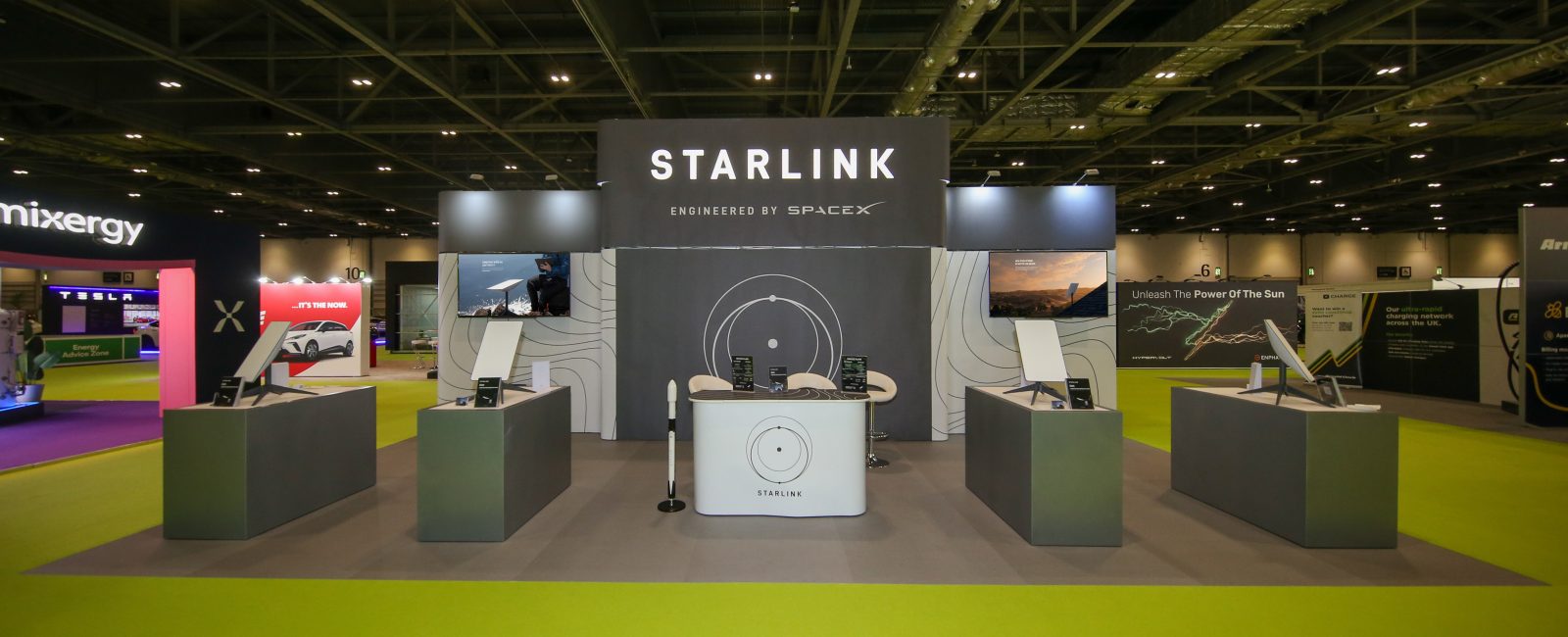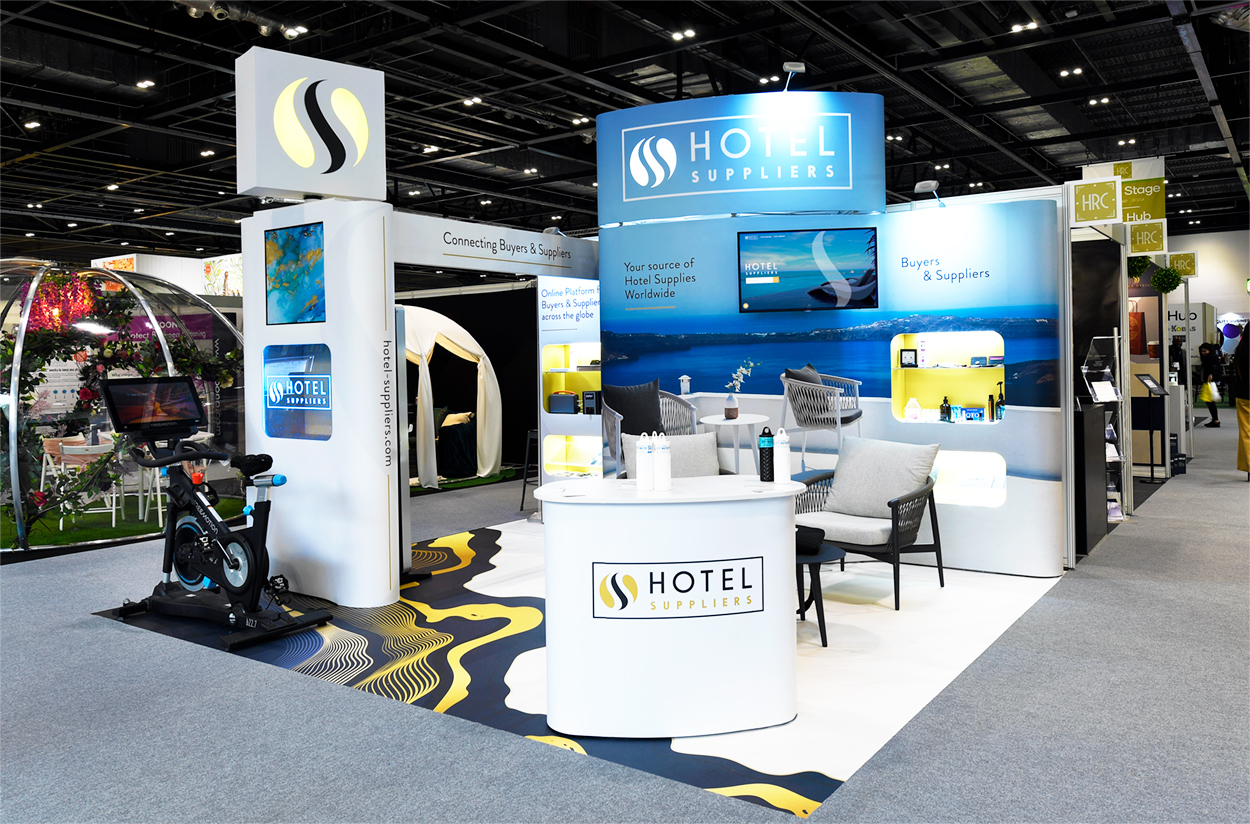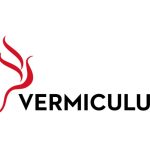
It’s no secret that the exhibition industry has deep-rooted issues with waste. Unfortunately, traditional custom-build exhibition stands, used for two to three days before being thrown into landfill, have left the industry in an unsustainable position. This exhibition stand type, along with the overproduction of samples, promotional items and freebies are the leading causes of exhibition waste. Read on to find out more about unsustainable practices and sustainable alternatives.
Custom-build exhibition stands and Temporary Infrastructure
The most significant contributor to exhibition industry waste is custom-built exhibition stands. These stands are built for one-time use and use large quantities of valuable materials for just two to three days before being discarded.
Custom-builds are popular as they provide near-complete design freedom. However, there are sustainable exhibiting models on the market that are just as versatile, without costing the environment.
Many custom-build suppliers claim that their stands are sustainable because they are made of recyclable materials, such as wood and plastics. However, environmentalists dispute these claims. Studies have shown the majority of the materials go to landfill for easy clean-up, regardless of whether they are recyclable or not. Even if the materials are recycled, the sheer amount of resources used is still unsustainable, especially when there are truly reusable models available in the market.
Modular Solution
Quadrant2Design, for example, offers a sustainable exhibiting solution. The UK-based exhibition stand design and build contractor creates custom-designed stands, that are reusable, modular and reconfigurable. The stands are made using premium-quality materials and design techniques, so can be used at countless exhibitions. Not to mention, panels and features can be added or removed as needed to switch up the messaging!

These exhibition stands feature high-impact large-format graphics that wrap the stand frame in a captivating panoramic landscape of marketing messages, images and logos. This creative landscape can even be extended to the floor, for maximum impact.
Bespoke and customisable features make these stands entirely unique. Edge-lit acrylics create a unique floating logo effect, while backlit rotating headers ensure visibility from all directions. Take the framework of the stand and enjoy the design freedom!
For a greater understanding of Quadrant2Design, take a look at their Video Reviews, exhibition stand ideas and Brand Activation.
With such great solutions on the market, environmentalists are frustrated with the event industry’s unnecessary wastefulness. They urge large corporations to take charge and switch to reusable, sustainable models.
Starlink, from Elon Musk’s Space X, is among the companies to choose a sustainable solution. Starlink exhibited at Everything Electric with a Quadrant2Design stand, extending its sustainability claims to its business shows!
Overproduction of Freebies, Samples, Literature
Although with good intentions of gaining business, trade shows lead to great resource waste. It is the norm at business shows to bring freebies, pamphlets, literature and promotional items and samples. Many freebies do not utilise sustainable materials and are discarded straight after the show. Or businesses over-order ahead of trade shows, leaving lots of leftover products, and unnecessary waste. Environmentalists also feel the use of literature is wasteful since technology alternatives are readily available.
These items are designed to remind visitors of your presence post-show, help them understand your products and services, and provide a means of contact! In theory, they are useful for businesses. So, what can be done to make them more environmentally friendly?

Sustainable Alternatives
Many exhibitors are ditching the literature and pamphlets for QR codes, NFC Technology and hybrid exhibiting tools like Quadrant2Design’s Yourstand.at. QR codes can be placed around the exhibition stand, through table toppers or even on the stand graphics to direct visitors to specific pages for information. Replacing literature with technology can improve user experience as it is quick, efficient and clean. Not to mention, exhibitions can be long, and cumbersome literature can become inconvenient to guests, and take up unnecessary space on exhibition stands.
Some businesses no longer provide freebies for environmental reasons, but others still find them useful as they remind visitors of a brand, product or service post-show. If you’re set on using freebies, ensure they are relevant and useful to your target audience as they are less likely to be discarded! Alternatively, use eco-friendly freebies for your giveaways to reduce the environmental impact. Many exhibitors have even limited their giveaways to definite convertible leads, to ensure the resources are not wasted. You could even offer subscriptions, instead of physical giveaways.
Additional Concerns
- Overconsumption: Another concern is that many businesses exhibit to direct visitors to their services and products. Environmentalists feel this counteracts efforts to reduce consumption.
- Carbon Footprint: Attendees and exhibitors often travel long distances to participate in trade shows, leading to a considerable carbon footprint.
Conclusion
To sum up, there are several valid concerns within the exhibition industry, including custom-builds, giveaways, literature and overconsumption.
However, organisers of business shows, visitors and exhibitors are actively encouraging the use of sustainable options, whether it’s sustainable stands or the use of QR codes over paper. Some exhibition organisers are even incorporating offsetting programs to counterbalance the carbon footprint of the events.
Environmentalists still have their concerns about the overall nature of the shows, but it’s clear the industry is moving in the right direction. Nowadays so much of daily life has been moved online and trade shows provide a valuable opportunity for businesses to communicate with prospective clients in person. Because of this, it is crucial that all parties continue steering the industry in a sustainable direction.












